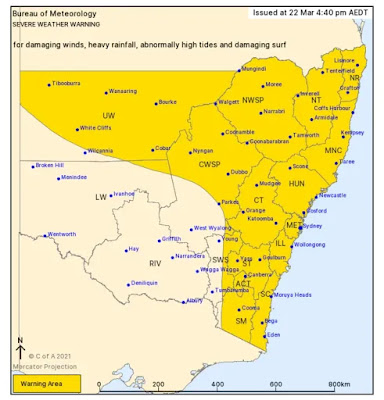Forty five minutes into the trip, down came the rain again.
It was torrential in parts with the windscreen wipers at full blast hardly making a difference.
But we finally made it into the city and checked into the Adina Apartment Hotel.
We had booked a studio room that had everything we needed for a three day stay.
There were lots of restaurants close by. We decided on Greek at Litani’s for dinner and the meal was excellent.
Up early next morning and the co driver dropped me off at the day surgery hospital.
Comprehensive check in system, much of it, of course, COVID related.
Then I got all gowned up and after some preliminary tests, it was up on the table, injected with a local anaesthetic and the first excision of the cancer made.
Then back to the waiting room while they ‘looked’ microscopically at the bit they had taken.
Good news...they got it all with the first cut.
Then back to the waiting room while they ‘looked’ microscopically at the bit they had taken.
Good news...they got it all with the first cut.
So back on the table and the wound was sewn up and the area repaired.
The co driver picked me up and we headed off for lunch.
We found a great spot, Lee and Me in the main street. The BBQ pulled pork burger was excellent as was the atmosphere of the cafe.
However the afternoon wasn’t too pleasant for me. The area was quite painful as the anaesthetic wore off, but some analgesics soon deaden the pain.
In the evening we headed across the road to a Lebanese manoosh pizza cafe, the Zaatar Hut.
In the evening we headed across the road to a Lebanese manoosh pizza cafe, the Zaatar Hut.
They use flat bread as a base and had the choice of Lebanese or more traditional Italian toppings.
We selected the latter.
We selected the latter.
It was pouring rain on Tuesday morning so we went under the hotel to the Nutrition Station cafe for brekky.
Again an excellent meal, really friendly staff and great coffee.
The co-driver’s corn and zucchini fritters with beetroot hummus and cherry tomatoes was delicious.
I stuck with the bacon, egg and spinach breakfast burger.
Dinner was across the road at Samaras Lebanese restaurant where we chose the mixed platter for two to experience a cross section of the cuisine. We liked everything apart from the falafel. The pink pickles were also a bit strange. It’s BYO so we got to drink one of our own wines for minimum corkage. Then we indulged in too much ice cream in a small specialist store, which seemed to have 100 flavours, just down the road

It finally stopped raining that evening.
Next morning arrived with blue skies and sun.
After breakfast at the Coffee Club Cafe and it was down the road a bit to Kiama via the 'scenic route' past industrial Port Kembla to get the dressing taken off at the doctor’s surgery.
We were early for the appointment so swung by the blowhole again. A huge was surf running and the blowhole was performing. There’s a nice lighthouse on the point too.
The nose looked a bit of a mess but staff were happy with the result and say it will settle down in time and with a little daily home treatment. Stitches come out next week.
Then it was homeward bound.
The nose looked a bit of a mess but staff were happy with the result and say it will settle down in time and with a little daily home treatment. Stitches come out next week.
Then it was homeward bound.



































